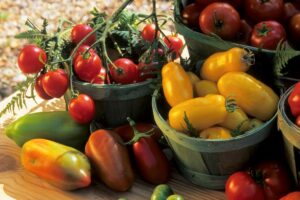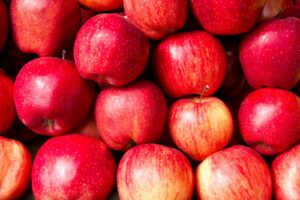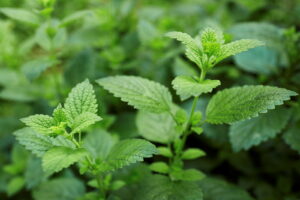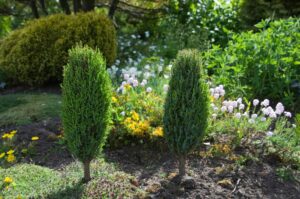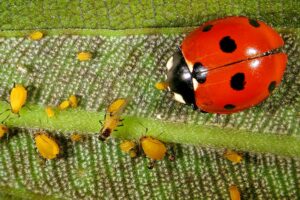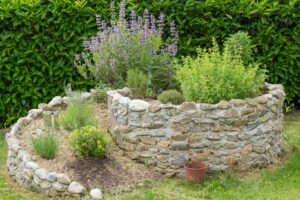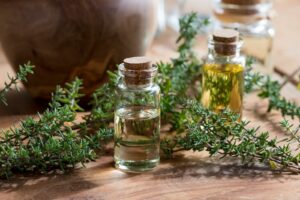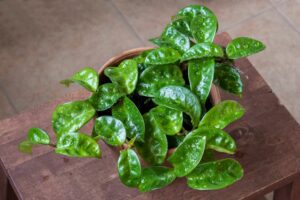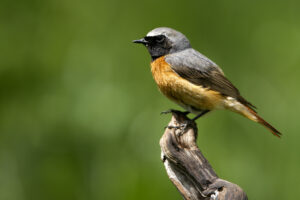Good King Henry: growing, location & using poor-man’s asparagus
Good King Henry is an ancient crop that has been all but forgotten. Is it worth bringing back Good King Henry to our gardens?
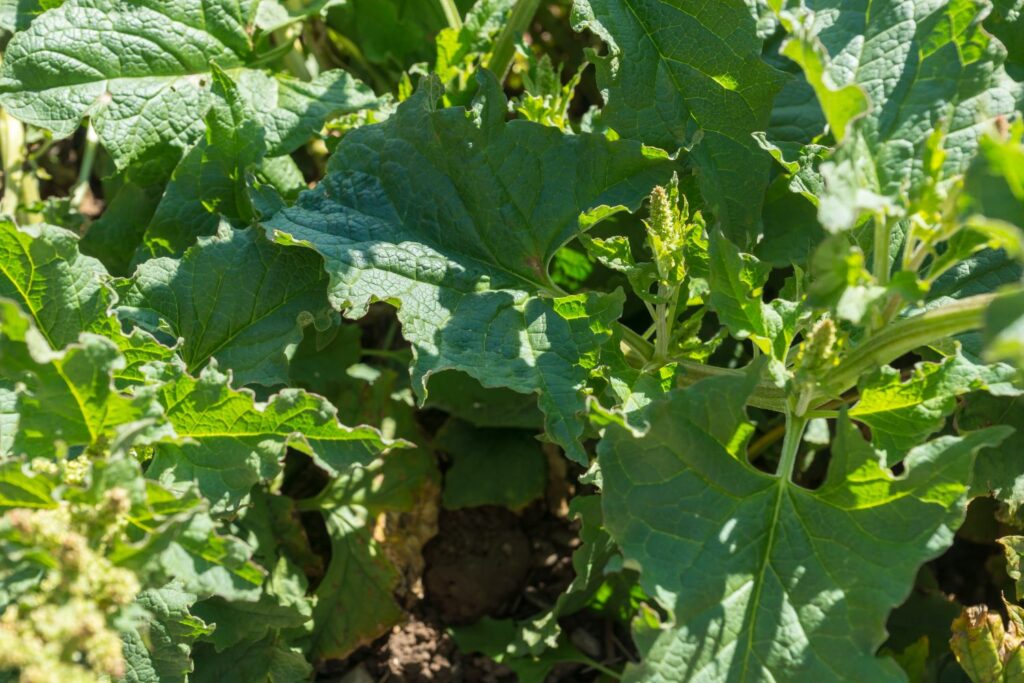
Once a much sought-after crop, Good King Henry (Chenopodium bonus-henricus) is a rare sight these days. As it is beginning to make a comeback to our gardens, we want to guide you through what to consider when growing, caring for and using this versatile plant.
Contents
Good King Henry: origin and properties
Good King Henry, also known as English mercury, wild spinach, goosefoot or poor-man’s asparagus, is part of the amaranth family (Amaranthaceae). It is found both cultivated and in the wild. Originally from the Alps, the plant is now widespread throughout Europe and can even be found in North America. Due to the cultivation of improved spinach varieties (Spinacea oleracea) and other green leafy crops, people forgot about Good King Henry. What’s more, the heavy maintenance of green spaces through mowing as well as the sealing of areas with tar and concrete, has led to this plant being considered endangered in many places.
Note: So far, no new varieties of Good King Henry have been discovered so you can only buy one species for growing in the garden.
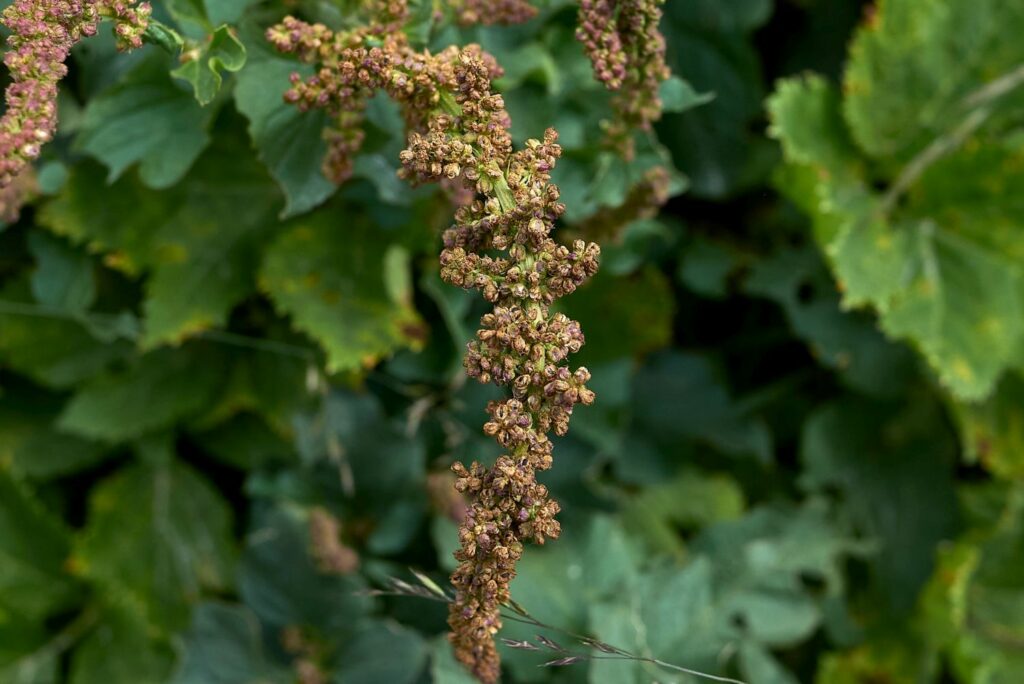
Unlike annual spinach, Good King Henry is a perennial plant that grows approximately 75 cm high. The poor-man’s asparagus forms a long unbranched stem with fleshy arrow-shaped leaves that are velvety on the underside and a turnip-like root. The flowers come in small clusters, about 5 mm thick, which appear pink or yellowish. The panicle-like flowerheads resemble those of spinach and bloom from May to July. The seeds ripen from June to August.
Wrongly identifying Good King Henry:
Good King Henry can be confused with wild arum (Arum maculatum), a poisonous wild plant. Their leaves are quite similar, but the wild arum leaves are smooth and shiny. They also differ in their flowers: while Good King Henry bears greenish panicle-like clusters of flowers, the arum grows large individual flowers with a single sepal.
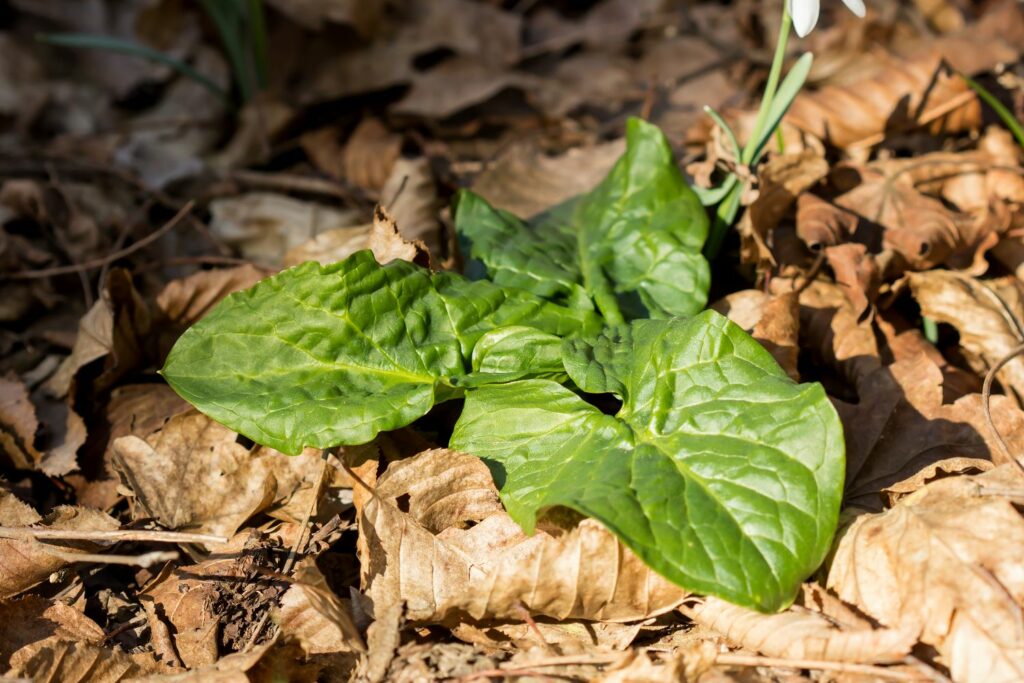
Growing Good King Henry: location and sowing
The Good King Henry plant is not particularly demanding location wise. It can thrive in sandy, as well as in loamy soils, but prefers fertile, moist, and humus-rich conditions. On top of this, Good King Henry likes a sunny to partially shady spot. For the best harvest quality, the plant should sit in partial shade. The perennials can grow in the same location for at least three to five years, then their vigour often decreases and harvests become smaller and smaller. If you don’t have a veg patch or garden beds, the plants can also be grown in a container on a balcony, terrace or patio. Make sure to use high-quality, peat-free and nutrient-rich soil such as our Plantura Organic All Purpose Compost. When growing in pots, remember to water regularly.
In early spring, Good King Henry can be sown directly or started in a cold frame. Germination works best when the seeds are “cold stratified”. Simply store the seeds in the fridge for a few weeks beforehand. You can also sow the seeds outdoors or in pots from August to October – just keep the containers outdoors where germination will occur naturally. Make sure to use nutrient-poor sowing soil to help the seedlings develop strong roots; too many nutrients can be detrimental to the development of young plants. We recommend our Plantura Organic Herb & Seeding Compost – unlike many other seeding soils, our soil is peat-free.
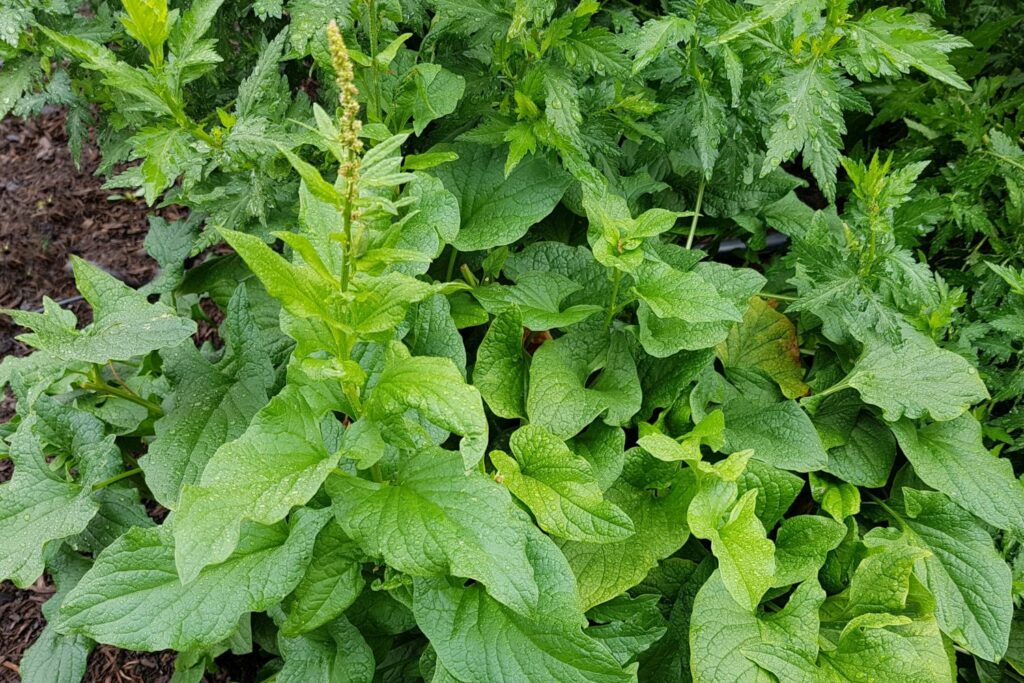
The most important care measures
King Henry spinach is a very low-maintenance plant that can even tolerate a little neglect and establishes itself well in most soils and locations. There are also no known pests that cause real harm to Good King Henry. As it originated from the Alps, the plants also tolerate very low temperatures. That being said however, if your soil is poor or does not contain enough organic matter, it is best to improve it before planting. For this, mix in some high-quality potting compost or a complete fertiliser. During the winter, you can cover the plant with a mulch of leaves, this will make it sprout earlier in the spring.
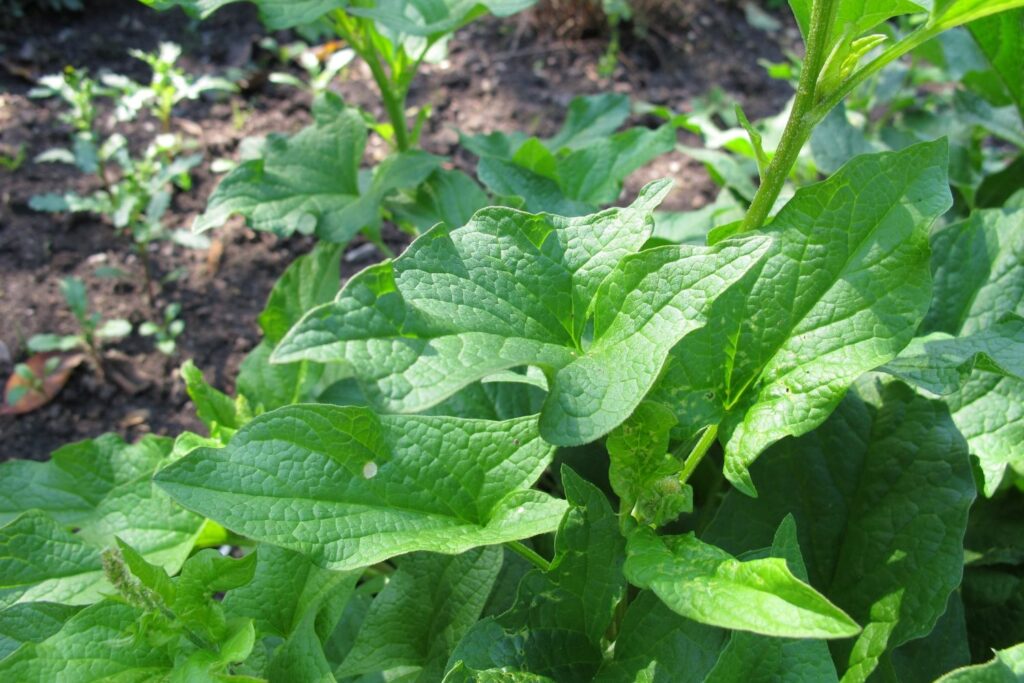
Is Good King Henry edible?
All parts of the Good King Henry plant are edible, even for pets, such as dogs and cats. Good King Henry contains some oxalic acid, but cooking reduces that. People who are prone to rheumatism, arthritis, gout, kidney stones or hyperacidity should generally be careful with foods containing oxalic acid.
Good King Henry is poisonous to fish, however. Hunters used to stun fish by placing large quantities of the plant in streams and lakes.
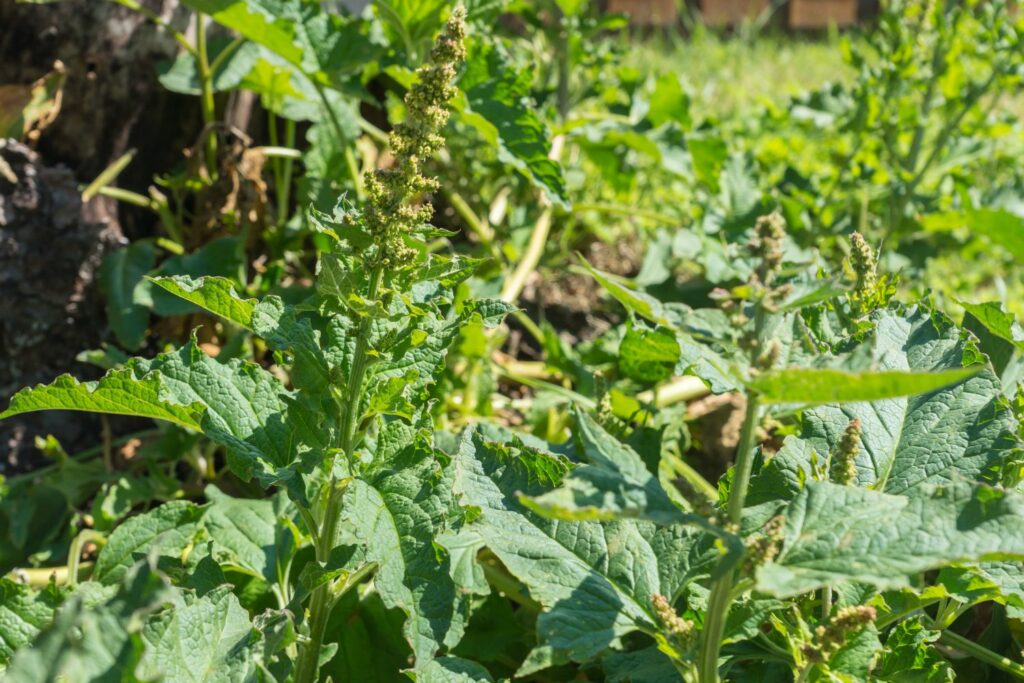
How to harvest and use Good King Henry
The taste is similar to that of spinach and tends to become more bitter as the season progresses. All parts of the plant are edible and are packed with iron and vitamin C. The leaves can be boiled, steamed, or eaten raw in small quantities in salads. If you wrap the harvested leaves in a damp cloth, Good King Henry can keep in the fridge for up to five days. Young shoots and stems can be picked before they become hollow and eaten steamed or boiled like asparagus, while the flower buds are delicious fried in butter. The seeds can be dried and made into flour but should be soaked in water overnight beforehand to remove the saponins.
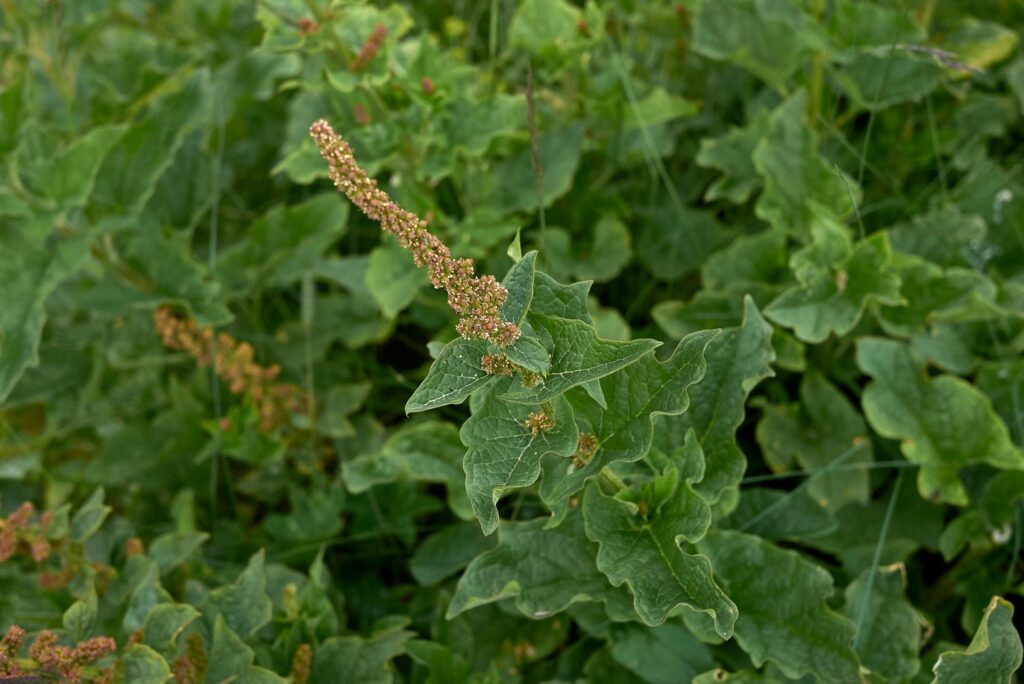
The plants naturally contain substances that could be useful for developing new medicines, such as liver-protecting or antioxidant treatments. However, there are much better medicinal plants, so Good King Henry is a relatively small player in this field.
In the Middle Ages and early modern times, the leaves of Good King Henry were occasionally used to treat chronic wounds, ulcers and abscesses. Internally, the plant was used to fight worm infections and as a gentle laxative.
All in all, we reckon it is worthwhile to bring back Good King Henry along with other forgotten crops, such as bulbous-rooted chervil, to celebrate their heritage and add a little more diversity to our kitchens and gardens.
